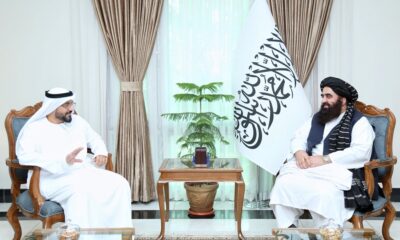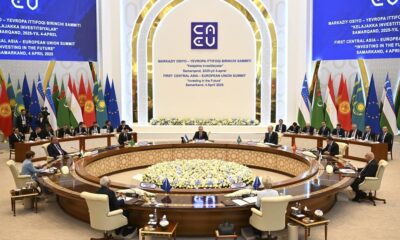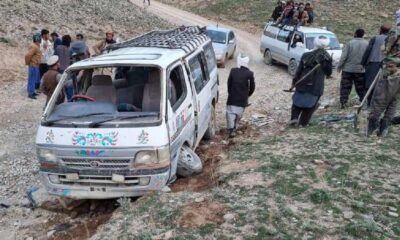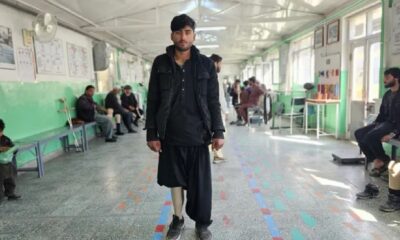Latest News
Red Cross and Red Crescent reach 35-year milestone of serving communities in need
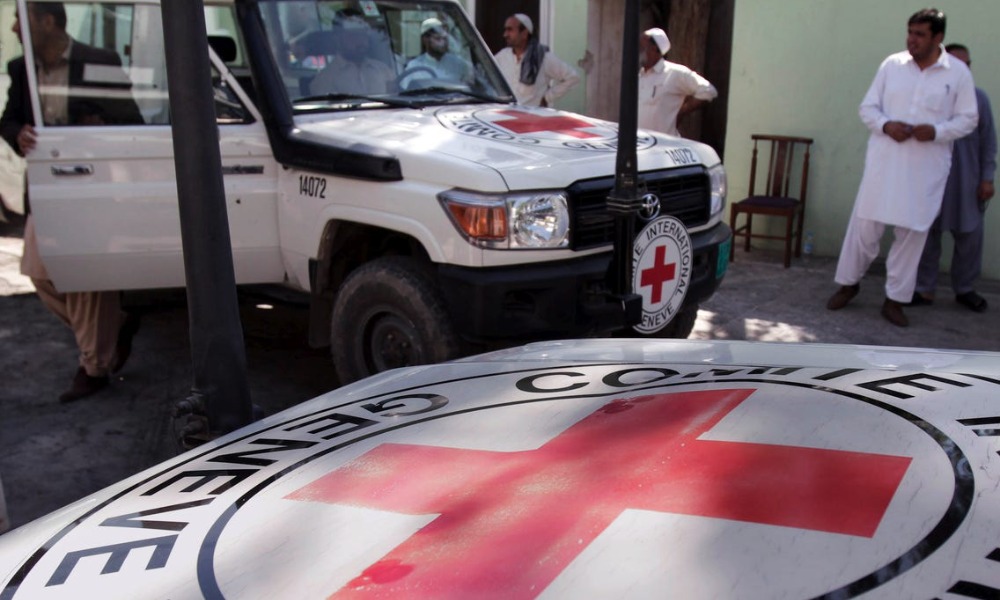
After 35 years of humanitarian assistance in Afghanistan, the Afghan Red Crescent Society (ARCS), the International Committee of the Red Cross (ICRC) and the International Federation of Red Cross and Red Crescent Societies (IFRC) on Tuesday reconfirmed their commitment to continue jointly providing lifesaving assistance to communities affected by war and violence.
In the 35 years of joint cooperation, the movement has reconnected thousands of families separated by disasters or violence; provided vital health care particularly for communities living in remote parts of the country; clarified the fate of the dead and worked to return the remains of the deceased to their families; and restored water and shelter among other vital humanitarian activities.
ARCS has also mobilized all teams and facilities in the COVID response effort over the past year and continues its engagement, including for the COVID vaccine rollout.
In a statement issued by the movement on Wednesday, they said that ARCS is present and active in all 34 provinces in Afghanistan through a wide network of local branches, volunteers and health facilities.
Every year, ARCS reaches more than 10 percent of the Afghan population through principled humanitarian action, the statement read.
“It has built trust and acceptance across the lines of conflict and with Afghan communities they belong to. ARCS has also the privilege to belong to the Red Cross and Crescent Movement which has been standing on its side always to support its development, meet the needs of people affected by disasters and crises and contribute to build more resilient Afghan communities,” said Nilab Mobarez, the Secretary General of Afghanistan Red Crescent Society, at a news conference.
“Although the shape of conflict and violence may have changed over the last decades, our commitment to protect civilians and promote respect for international humanitarian law has been constant. We’re proud of this and honoured to continue to work with the Red Cross and Red Crescent Movement to provide humanitarian assistance,” said Juan Pedro Head of Delegation for ICRC in Afghanistan.
“In the face of protracted vulnerabilities, including to climate change, the magnitude and intensity of the needs across the country call for enhanced cooperation of Red Cross Red Crescent partners to deepen our support to ARCS’ principled and nation-wide footprint, and to maximise our collective contribution and impact,” said Pierre Kremer, Head of Delegation for IFRC.
Against the backdrop of this milestone, the movement has signed an MoU and a Movement Coordination Agreement setting out their agreement to jointly deliver humanitarian assistance.
“This event aims to ensure a partnership of quality and mutual responsibility that seeks to achieve the highest humanitarian impact. The agreement sets a standard framework for administration, reporting and accountability, within which individual projects and initiatives can take place,” the statement read.
The ICRC and ARCS have worked in partnership since 1986 in addressing the conflict related needs of the Afghan population. The ICRC and ARCS’s commitment to neutral, independent, impartial humanitarian action (NIIHA), enable both partners to respond to emergencies and provide services where others cannot.
ARCS has worked to reduce suffering for people affected by disasters, conflict and violence since its creation in 1934.
The cooperation between ARCS and the ICRC stretches back further to the recognition of ARCS as a national society by movement in 1954 continuing to the present day with adaptations based on evolving humanitarian landscape, needs of the victims and other vulnerable persons as well as the institutional development of the ARCS and the operational ambitions of the ICRC in Afghanistan.
The Federation has had a constant presence in Afghanistan since 1990, to support ARCS and its humanitarian activities.
Latest News
Acting foreign minister Muttaqi travels to Saudi Arabia

Acting Foreign Minister Amir Khan Muttaqi has traveled to Saudi Arabia, Islamic Emirate spokesman Zabihullah Mujahid said in a post on X on Friday.
Mujahid called the trip “an important step in further strengthening the friendly relations between the two countries.”
He also spoke about the “honorable reception and excellent protocol” extended by Saudi officials to Muttaqi, adding that this reception reflects “Saudi Arabia’s goodwill and positive relations” with the Islamic Emirate.
Latest News
Acting FM Muttaqi discusses trade and transit ties with UAE envoy in Kabul
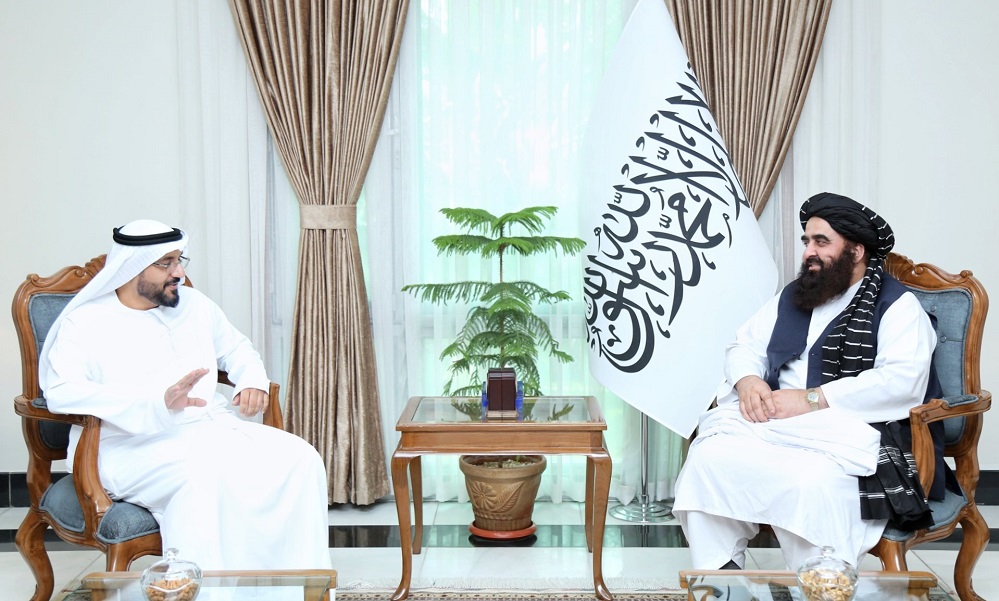
Acting Foreign Minister Amir Khan Muttaqi on Friday met with Saif Mohammad al-Katbi, UAE’s special representative for Afghanistan and discussed bilateral relations, trade, visa facilitation, transit development and regional issues, said Zia Ahmad Takal, the head of public relations at the foreign ministry.
In a statement, Takal stated that Muttaqi evaluated the relations between the Islamic Emirate and the UAE as positive and expressed hope that implementing the agreements made during the recent visit to the UAE would further develop the trade and transit relations between the two countries.
According to the statement, Mohammad al-Katbi also regarded the relations between the two countries as important and added that the purpose of his visit to Kabul was to follow up on the recent agreements between the two countries’ foreign ministers.
Latest News
EU-Central Asia summit calls for inclusive government in Afghanistan
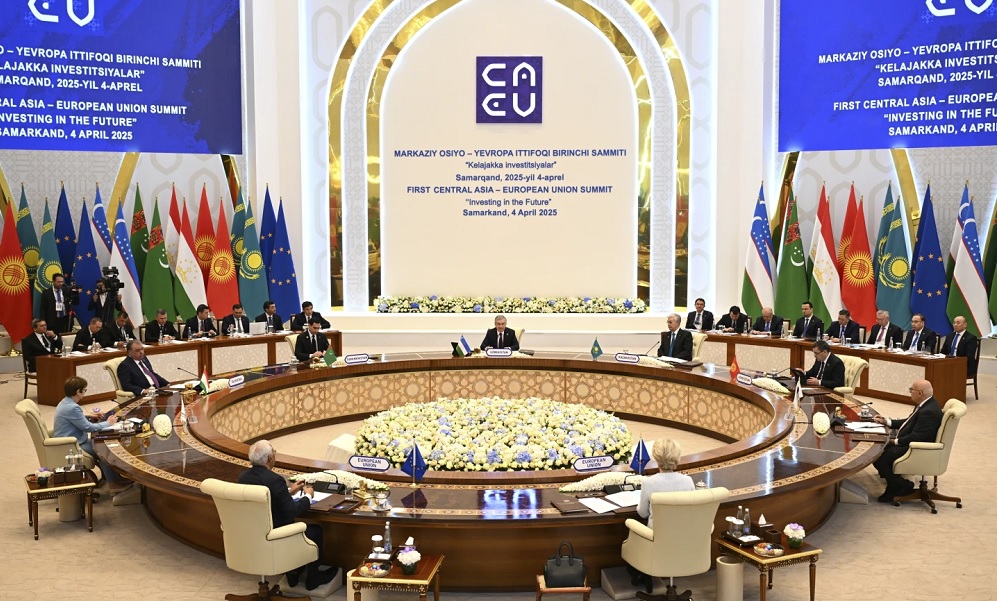
The leaders of the European Union and five Central Asian states called for an inclusive government in Afghanistan that respects human rights and fundamental freedoms in a summit in Samarkand city of Uzbekistan on Friday.
“We emphasised our strong commitment to see Afghanistan develop into a secure, stable and prosperous State with inclusive government and governance systems that respects the human rights and fundamental freedoms of all its citizens, including women, girls, persons belonging to ethnic and religious groups and minorities, is at peace with itself and its neighbours, and that respects its international obligations,” the summit’s declaration reads.
They also expressed concern over the humanitarian situation in Afghanistan and recognized the need to continue supporting the people of Afghanistan.
The summit also called for “full and equal access to education conforming to international standards and participation in public life of women and girls in Afghanistan.”
The Islamic Emirate of Afghanistan (IEA) has repeatedly claimed that the current government in Afghanistan is inclusive and that human rights are respected.
Samarkand meeting marked first EU-Central Asia summit.
The leaders of the European Union and five Central Asian countries including Kazakhstan, Tajikistan, Turkmenistan, Uzbekistan held their first summit on Friday to discuss ways to boost trade and other ties.
Addressing the summit, Uzbek President Shavkat Mirziyoyev expressed regret that the global community underestimates challenges emerging from Afghanistan.
“We believe it is important to actively engage the Afghan side in regional economic processes, also through implementation of investment and infrastructure projects, restoring the social sector.” Mirziyoyev said. “We hope for understanding and support in facilitating the international community’s constructive dialogue with the Afghan authorities to meet the current commitments.”
-
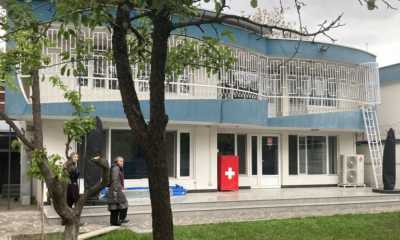
 Latest News5 days ago
Latest News5 days agoSwitzerland re-establishes presence in Kabul with humanitarian office
-
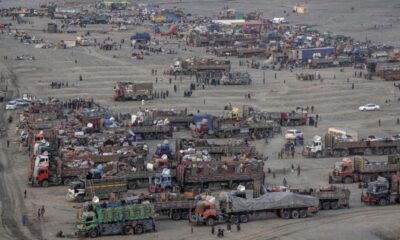
 Latest News5 days ago
Latest News5 days agoPakistan plans to expel 3 million Afghan refugees this year
-

 World5 days ago
World5 days agoSouth Korea, China, Japan seek regional trade amid Trump tariffs
-

 Regional5 days ago
Regional5 days agoIran’s Khamenei warns of ‘strong’ response if US attacks
-

 Latest News4 days ago
Latest News4 days agoAfghanistan’s reconstruction is in the interest of EU: Uzbek president
-

 Latest News4 days ago
Latest News4 days agoUS won’t rest until all Americans detained in Afghanistan brought home: Rubio
-
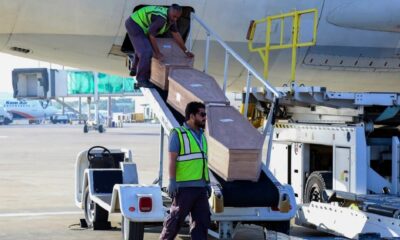
 Latest News4 days ago
Latest News4 days agoBulgaria brings five people to trial over deaths of 18 Afghan migrants
-
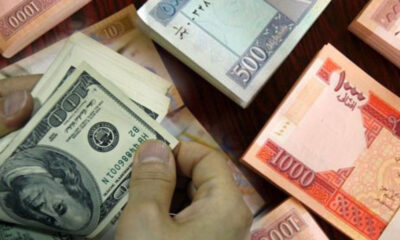
 Latest News3 days ago
Latest News3 days agoMinistry of Economy calls on US to release Afghanistan’s frozen funds






